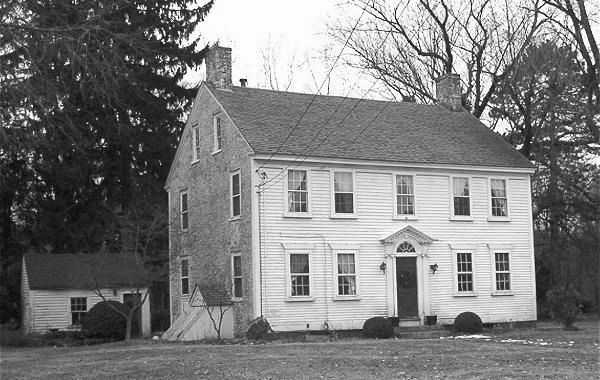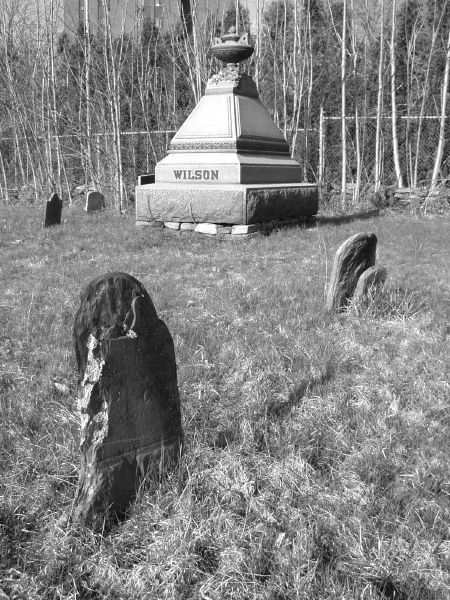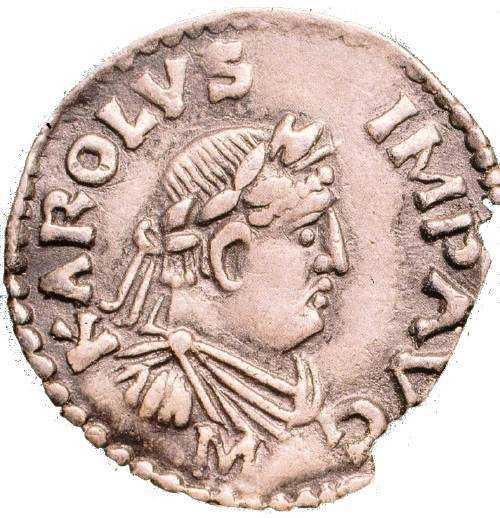Do You descend from Robert Abell? After three years of living in a nondescript suburb and caring little about the genealogy of place, I’ve been waking up to the history of my own neighborhood. Given my genealogical interests, I feel sheepish not to have looked into it earlier. The house we selected for convenience and modern creature comforts, just minutes from downtown Providence and from Julie’s hospital, turns out to be on the “Ring of the Green”, the original perimeter of the broad common pasture of the original Rehoboth parish, between Robert Abell’s houselot and Samuel Newman’s. The Newman houselot—now a very fine 18th-century house on the same foundation, the ‘Phanuel Bishop House’—is next door to us:
(Continued)
Lately I’ve been obsessed with the Willey Slide — the 1826 landslide the killed the entire Willey family, innkeepers in desolate but strategic Crawford Notch in the White Mountains, leaving their house intact—now called the Willey House, in the shadow of Mount Willey. There, on one hot summer day in the 1970s, I had my first experience with that great American icon, a foot-long hot dog. Wrinkled and gamey, with both ends sticking far out the ends of a standard-sized bun, it didn’t sit well. I heard the story of the disaster with the morbid fascination of a pre-teen, and prehaps even then I was conscious of the irony of road-food as a typically inappropriate American commemoration of family tragedy. The bodies of three of the Willey children were never found. (Continued)
A graceful seventeenth-century churchyard — the Newman Congregational cemetery — lies near my house in Rumford. Formed in 1642 as the parish of Seacunke (soon renamed Rehoboth) in the Plymouth Colony, this parish grew and inherited the name of Rumford at the end of the eighteenth century, when other towns (including Rehoboth and Seekonk) were partitioned from the original parish. Now, having changed hands in the border shift between two New England states, Rumford has been subsumed in the city of East Providence, Rhode Island. The oldest surviving dated stones date from the 1680s, and include a rough-cut flat slab (Ephraim Harmon, 1687) as well as smaller field stones with only initials or no carving at all. In the eighteenth century, Rehoboth was served by more than one skilled carver, leaving dozens of pediments with death’s heads, cherubs, or more abstract tympana or borders, armorial achievements, and many with typography-quality lettering nearly as crisp now as when carved.
The old churchyard has now merged with a much larger, nondescript municipal cemetery, but it is not hard to make out the limits of the old yard by the change in material, style and date of the stones as one gets closer to the church. Yet a few anomalies stand out. There is an occasional modern burial — a twentieth-century descendant whose granite monument stands out among the slate nucleus of the old Rehoboth parishioners. There are fewer anomalies in the other direction, but I was quickly drawn to two eighteenth-century slate stones which lie incongruously next to a twentieth-century squat basalt pyramid near the Southwest fence.
The stones mark the graves of two slaves, Sherrey and Anna:
(Continued)
Thursday, January 22, 2004
Browsing this morning in Sir Nicholas H. Nicolas’ biographical sketches of the Scrope v. Grosvenor deponents, I noticed that Sir Richard Waldegrave (d. 1435), ancestor, via Sir William and Margery (Wentworth) Waldegrave, to many American colonists (including my ancestor Anne [Derehaugh] Stratton), is stated by Nicolas to have fought at the battle of Agincourt (October 1415). I had not previously noted any specific ancestor of mine at Agincourt, though to be sure I had not looked. Given the stirring speech Shakespeare put into Henry V’s mouth about the participants, the memory of the battle, and their posterity, I think this is sort of interesting.
 Kenneth Branagh as Henry V
Kenneth Branagh as Henry VThis is not traditionally held as a ‘plum’ by American genealogical enthusiasts, even those with a fascination for military descents. (Continued)
Saturday, January 10, 2004
Did Charlemagne exist? Were the Middle Ages nothing but a vast chronological hoax? Conspiracy fantasies about this have been thriving since the early 1990s, when a German self-promoter, Heribert Illig, began to publish on the subject. (Continued)
Wednesday, October 15, 2003
What is a Gateway Ancestor? In tracing any extended ancestry beyond, say, one hundred years ago, we see ancestors clumping into groups, sharing a single geographic location (perhaps the Connecticut Valley, or the Casco Bay area) or a common economic or ethnic identity (say, working-class Irish immigrants in New York City, or wealthy merchant barons intermarried between Newport and Baltimore). Further back in time, as new ‘clumps’ of similar ancestors appear, each new clump is connected to the rest through a single ancestor whom we can call a ‘gateway’. (Continued)
Back in 1999 Chris Dickinson posted a fine piece of Internet performance art to the Usenet discussion list soc.genealogy.medieval. Beginning with the sentence “We are all descended from Charlemagne,” he funneled it through Babelfish dozens of times, bouncing among the various Western European languages. By the twenty-seventh line the sentence was twisted strangely:
All the goings protection for the lower section give Charlemagne.
This bit of nonsense masks the value of the original hypothesis, which is almost certainly true: we are all descended from Charlemagne—at least, all of us with any European descent at all.
It is difficult to trace the history of this assertion (Continued)
I pull into Goshen Methodist Church, outside Beaver Dam, in Ohio County, Kentucky. It’s the first desination on a whirlwind, one-day excursion to the home county of my great-grandfather, who left about a hundred and ten years ago to find a better life in the big city—Louisville, sixty-five miles away. (Continued)
Tuesday, February 20, 1996
In his autobiographical letter, the Historia calamitatum or ‘story of my problems’, the famous twelfth-century educator and rake Peter Abelard identifies his and Heloise’s love child as a boy by the name of Astralabe.[1] Nothing is known for certain of Astralabe’s life, although it is possible that he became a clergyman, and two attestations of an Astralabe as clergyman survive in the ensuing years, in addition to an obituary notice for him in the necrology of Abelard’s monastery of the Paraclete. (Continued)




